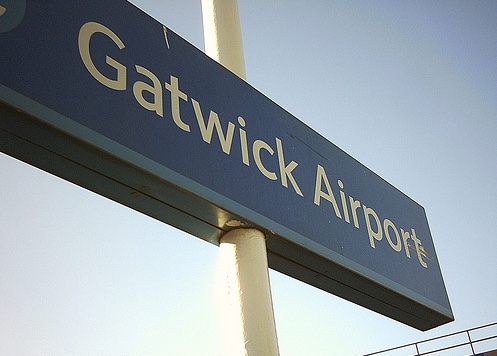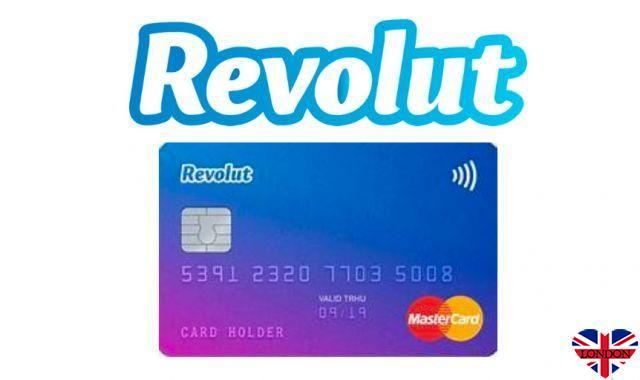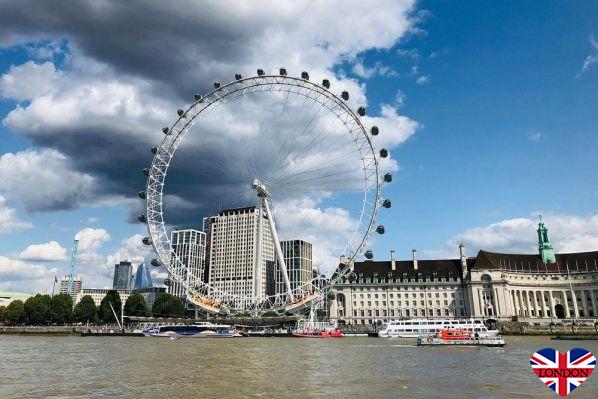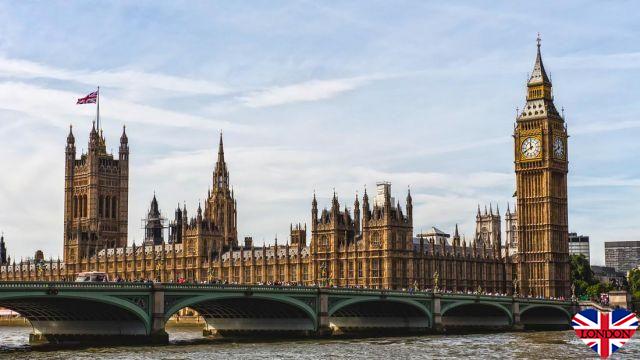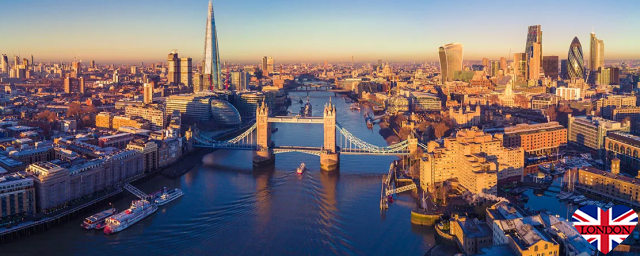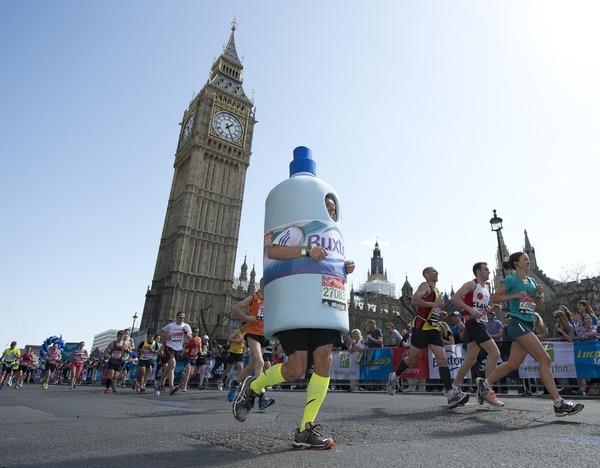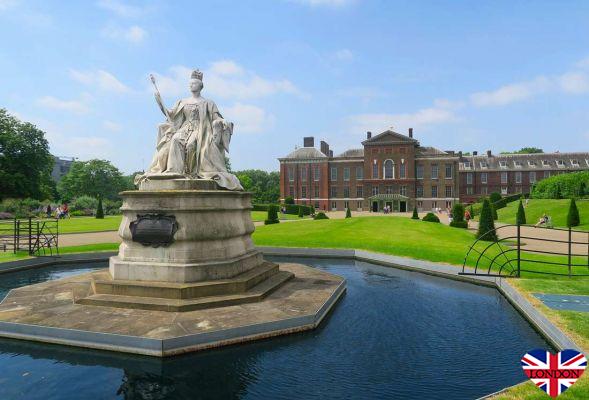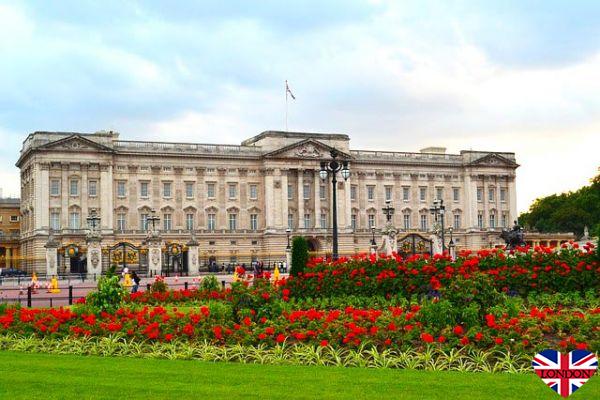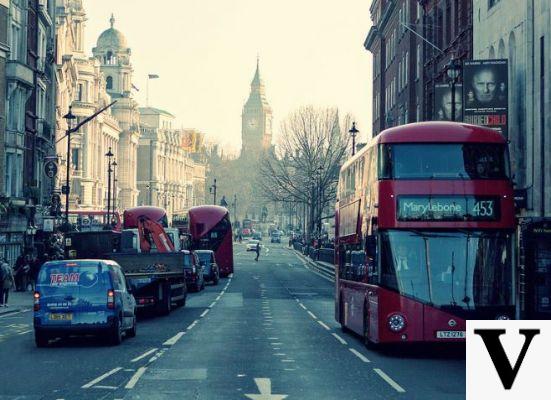
Getting around London
London has an extensive public transport network, including underground, buses, trains, trams and ferries, all well integrated with each other and useful for getting to all parts of the city. The tube, the famous "tube", is undoubtedly the easiest and most used way to get around London quickly, but many tourists also don't mind a ride on the legendary red double-decker buses which, although slower, allow you to admire the city from the comfort of your seat. Some of the main attractions are quite close to each other, so on good weather days you can even consider exploring the city on foot or by bike. Therefore, driving in London is neither necessary nor advisable, given the traffic, costs and parking difficulties.
If you're planning to visit the English capital, here's a guide on how to get to and around the city.
From the airports to the city centre
London has 5 airports, all well connected to the city centre by train, bus and underground. Of course, taxis are available at all airports, but I don't recommend them due to the high costs and longer journey times, especially during rush hour. The best alternatives from each airport are:
- Heathrow Airport . This is London's largest airport and from here the quickest way to get to the centre (Paddington station) is the Heathrow Express train which gets you to your destination in just fifteen minutes. Alternatively, there is the Piccadilly Line underground line, which takes you to the centre in less than an hour.
- Gatwick Airport. From the second largest airport in the city I recommend taking the Gatwick Express train, which will take you to Victoria Station in about 30 minutes, with departures every 15 minutes.
- Stansted Airport . Widely used by low cost airlines such as Ryanair and Easy Jet, from here you can get to the city centre in about 45 minutes on the fast Stansted Express train which stops at Liverpool Street station.
- Luton Airport . This also serves mainly low cost flights and from here you can take the train to King's Cross station in about 40 minutes. The train station, Parkway Station, is a couple of miles from the terminals, but there is a free shuttle service available. in just 5 minutes.
- City Airport. Located near London's financial district, it is designed for business travellers with flights mainly to Europe. From here you can quickly get into the city on the DLR (Docklands Light Railway), which takes about 20 minutes to reach Bank Station, from where you can continue on to other areas of the city by underground.
Getting around the city
Tickets and passes
London's public transport fare system may seem a little complicated to understand at first, given the multitude of types of tickets and passes, but in reality, as a tourist, there are few convenient and comfortable solutions to use. Although it is possible to buy single tickets from the machines, this is a recommended option if, for example, you only make a couple of trips on public transport during the whole journey, otherwise it is much more expensive than the various season tickets. and prepaid cards. With the exception of trams and buses, fares vary according to the time of day (at peak times they cost more) and the areas in which the city is divided, but most attractions are within zones 1 and 2. Among the best solutions for public transport travel are:
- Oyster Card. The Oyster Card is a prepaid rechargeable card of which there are two versions, the standard, ideal if you stay more than two days or if you return often to London, and the one designed for visitors, the Visitor Oyster Card, which you can buy even before arriving in the city. It costs £3 and you can use it on the tube, bus, train, tram and DLR, as well as on the train service to/from Gatwick Airport. The Visitor Oyster Card also includes various discounts at attractions and museums in the city. The price of each individual journey varies as mentioned above according to zones and timetables, but with the Oyster there is a daily charge limit of £6.60 regardless of how many journeys you make.
- Travel Card . The Travel Card, on the other hand, is a pass that offers unlimited travel on buses, including red double-deckers, metro, DLR, trams and on most rail lines serving the city, but not on boats. You can buy it either in paper format or upload it to the Oyster Card and it is available in daily, weekly and monthly versions. It is more expensive than the Oyster Card and cheaper if you are only staying for a few days: for 24 hours the pass costs 12.30 pounds. If, on the other hand, you are staying for a week and use public transport frequently, the Travel Card is cheaper and costs £33.
Underground
The Underground is an essential way to get around London and is very easy to use. It has 11 lines, some of which run until 1:00 am, while others, the main lines, run 24 hours a day. The London Underground is the oldest in the world, but not all lines were built in the same historical period and so some are more modern and faster, while others have a retro feel and are a bit slower. Taking the tube in London is not only a way to reduce travel times: sometimes it's also a real pleasure for the eyes, as many tube stations are adorned with beautiful artistic decorations and architectural details that date back to the time when the tube was built.
Among the most interesting lines for tourists are:
- Victoria Line (blue line). Running 24 hours, it crosses London from southwest to northeast and makes a few stops, with trains every 10 minutes. It starts at Vauxhall, south of the Thames, and stops near Victoria Station, St. James's, Oxford Circus and King's Cross;
- Piccadilly (blue line), runs 24 hours, departs from Heathrow Airport and stops at Piccadilly Circus, Leicester Square and Covent Garden.
- Bakerloo (brown line), as well as stopping at Piccadilly Circus and Oxford Circus, takes you to Paddington station, from where you can catch trains to the airport.
- Jubilee (grey). Always active and very useful and fast, it allows you to get to Westminster and London Bridge.
- Central Line (red line). Very useful and active 24 hours a day, it is one of the oldest lines. It crosses the city from west to east, passing Notting Hill, Oxford Circus and St. Paul's Cathedral.
- Circle Line (yellow line) and District Line (green line). They share part of the same route, passing through Bayswater, Notting Hill and South Kensington.
Prices for an underground journey start at £2.20 for Zone 1 with an Oyster Card and up to £5 for Zone 6.
The train
Like the Underground, the train is a fast option for getting around and you can use your Travel Card or Oyster Card to travel. However, it is not widely used by tourists, as with the exception of one line (Thameslink) which crosses the centre from north to south, trains mainly serve the outlying areas. However, they would like to know if you plan to visit Wimbledon, Hampton Court, Windsor Castle, Greenwich or if you need to get to Heathrow, Gatwick and Stansted airports, for which express trains are available. .
DLR
The DLR is a train service serving East London, i.e. all areas east and south-east of the city, including the city's airport. It meets the Underground at several stations, including Bank and Tower Gateway (Tower Hill), Stratford, Heron Quays, Canning Town and Canary Wharf. The advantage of travelling on these trains, apart from the speed, is the fact that the lines pass through some of the most picturesque and scenic areas of the city, including the Docklands, home to some of London's most beautiful skyscrapers.
Bus
Buses are obviously not as fast as the Underground, but they have the advantage of offering a more scenic journey than trains or the Tube. Unlike other cities, in Londa it is not possible to buy tickets on board the bus so it is essential to have a pass or pre-paid card or buy your ticket in advance from one of the dedicated shops. Riding the buses can be a cheap alternative to sightseeing tours, and one of the most interesting lines is the no. 14, which you can take to Piccadilly Road; it passes through Hyde Park, Chelsea and South Kensington and stops near interesting attractions such as the Victoria and Albert Museum and Harrods.
Buses charge a flat rate of £1.50 with an Oyster Card, regardless of where you travel to, and a maximum charge of £4.50 per day. If you plan to use buses only, you can buy a day pass valid only on buses and trams for £5.
Most lines operate until just after midnight, but there is also a night service on the main lines but in two ways: some lines keep their itinerary unchanged, while others, distinguished by the letter "N" in front of the line number, follow a similar route to the daytime one, but with slight modifications.
Tram
The Tramlink network is not very useful for tourism as it mainly serves Croydon in south London, which is not well served by other rail transport.
Cycling
If you're visiting London in good weather, one of the best and most fun ways to explore the centre and switch quickly between attractions is by bike and today, thanks to the recent additions of new cycle lanes on many streets, cycling is even safer. If you've decided to travel on two wheels, you can take advantage of the public rental system Ciclos Santander which has several stations around the city. Simply register or provide a credit card at the time of hire and pay for a day pass or a scheduled rate (£2 every 30 minutes), with the first 30 minutes free.
Taxi
The famous black cabs are a symbol of London and, although they are expensive, taking a ride in them is truly a unique experience. You'll see many of them circling the city and you can hail them with a wink or book them by phone or hop in at the various rest areas next to hotels and main stations. Obviously, they are quite expensive: they start from as little as £2.40 and the fare for a short 2km journey is around £10. Alternatively, there are also minicabs, private cars that cannot carry passengers on the street, but they must be booked in advance. Tipping is not compulsory, but it is customary to leave 10% or round up the fare.
Ferries
Ferries are a great way to travel between attractions and neighborhoods along the Thames River and also offer the opportunity to see the London skyline from the water.
There are several daily departures and around 15 piers along the river, allowing you to stop close to the London Eye, Tate Modern Museum, Tower of London, Greenwich, etc. The total journey from Greenwich to Embankment takes about 45 minutes, ideal time for a beautiful cruise which also passes under Tower Bridge. The price of the ticket depends on the distance travelled, but from Westminster to Greenwich expect at least £7-8.




